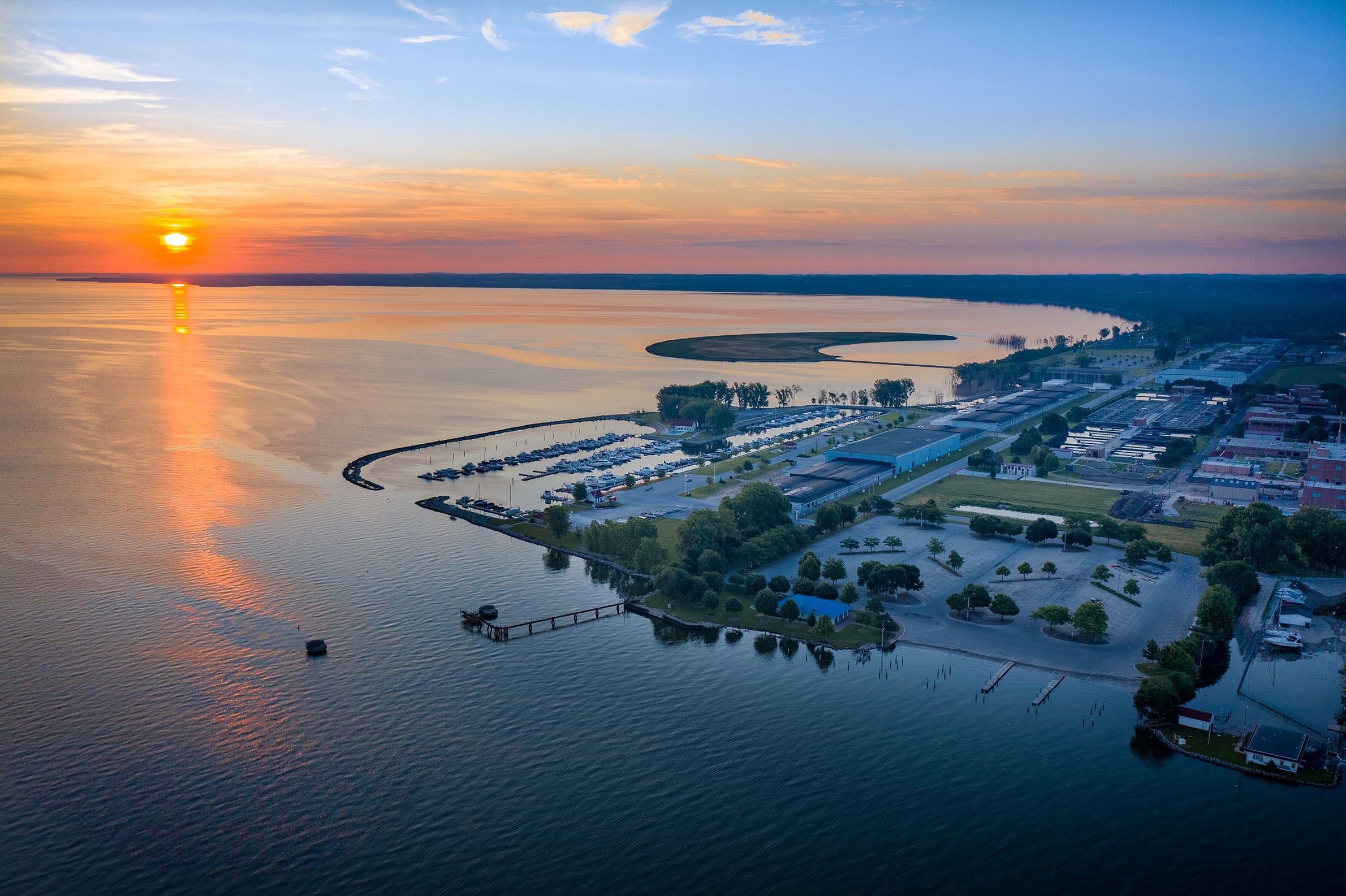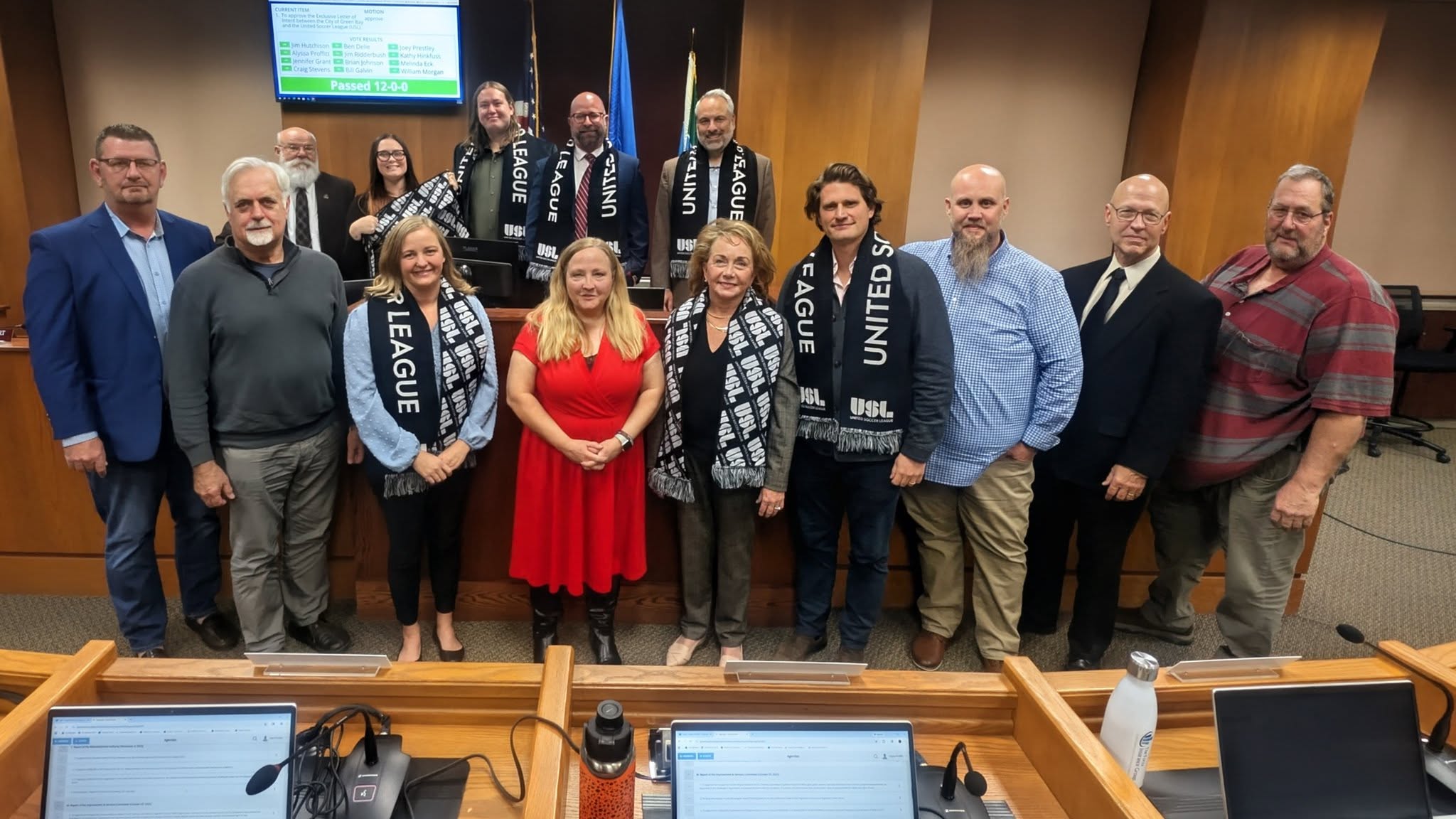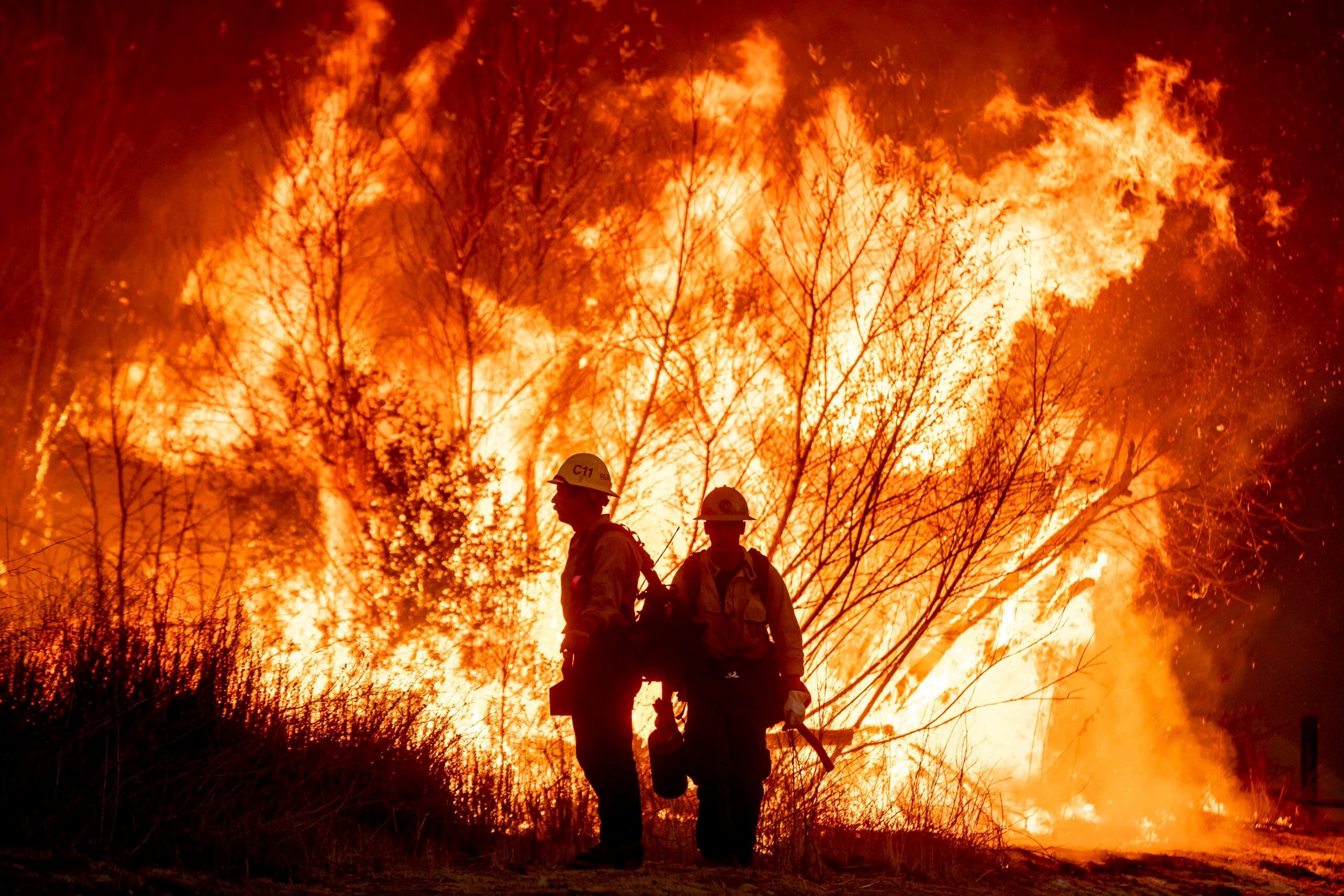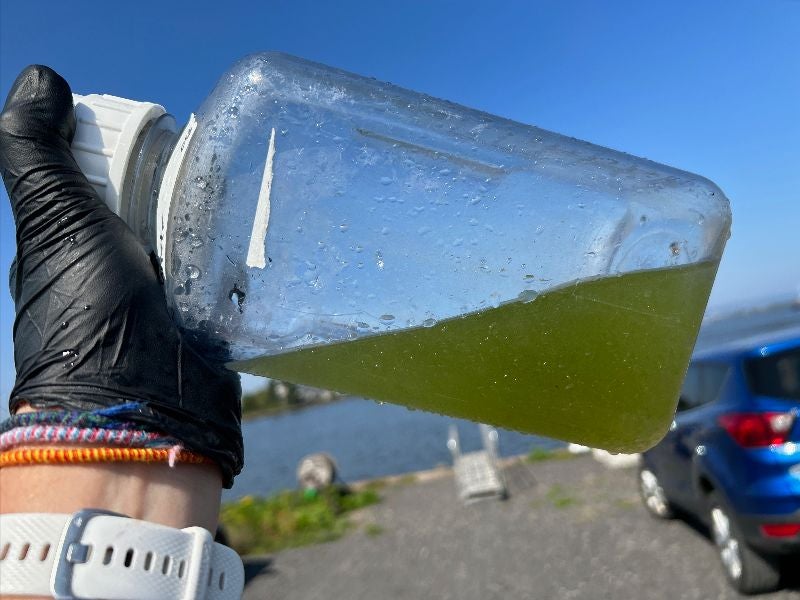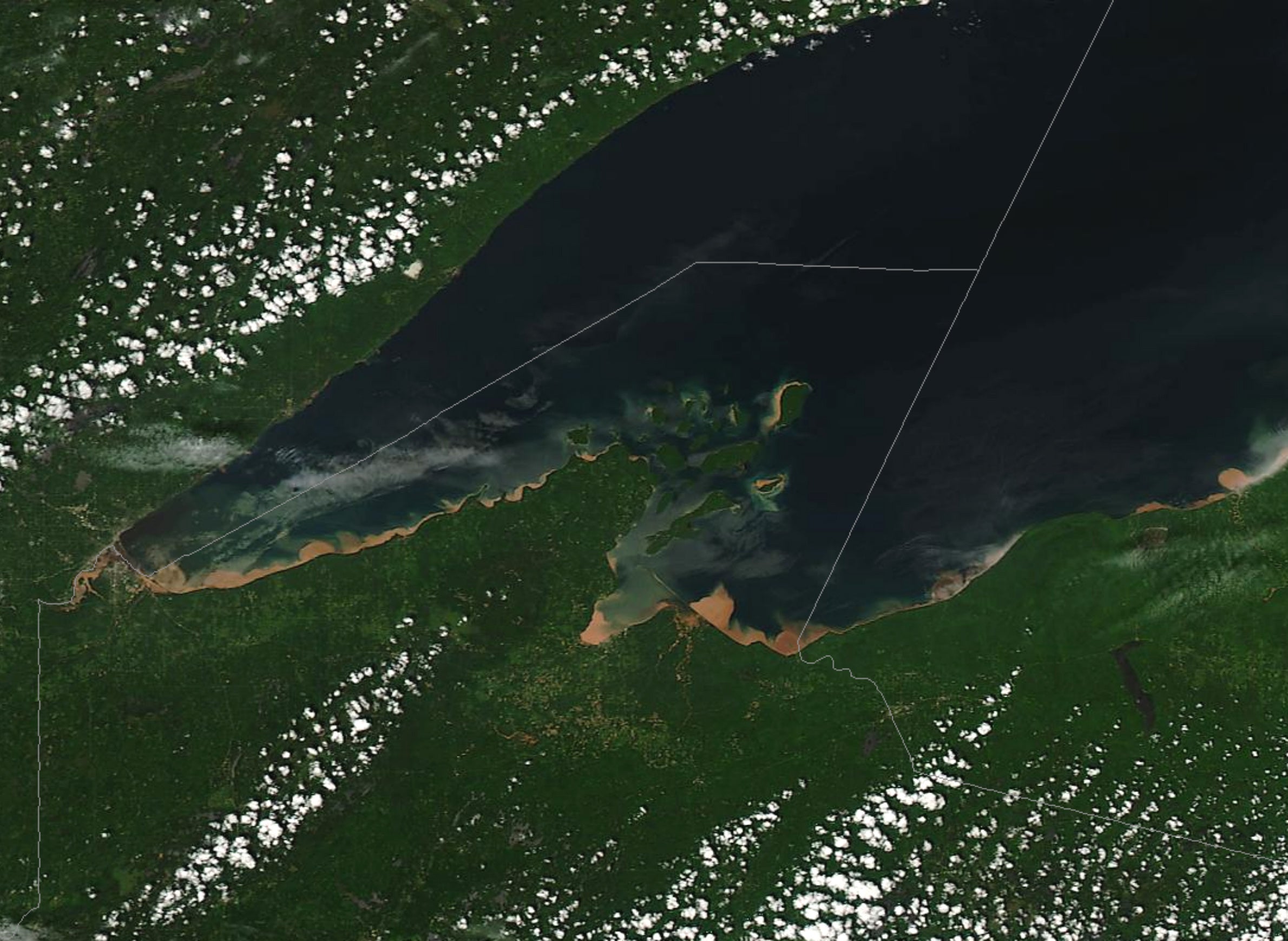The Great Lakes and Wisconsin are one step closer to adding another site to protect and study a freshwater ecosystem along the Bay of Green Bay.
The National Oceanic and Atmospheric Administration, or NOAA, accepted the site’s nomination to become part of the nation’s National Estuarine Research Reserve System. A network of 30 coastal sites have been designated across the country to study and protect estuaries. Estuaries are ecosystems where rivers meet the sea or the Great Lakes in this case.
NOAA’s system of research reserves cover around 1.4 million acres nationwide. They focus on research, stewardship, training and education.
The University of Wisconsin-Green Bay has been leading the process to designate the site. Emily Tyner, the university’s director of freshwater strategy, said NOAA’s decision is a major milestone. She said designating the site would be significant for the Bay of Green Bay on a national level.
“Locally, it’s significant because it brings additional attention, resources, (and) a collaborative force to work towards addressing opportunities and challenges around the Green Bay estuary,” Tyner said.
Tyner said the research reserve may address challenges, including harmful algal blooms, emerging contaminants like PFAS, climate change and the effects of fluctuating water levels. If designated, she said the lessons learned could be applied for the shorelines of Lakes Michigan and Huron. Gov. Tony Evers first nominated the site in 2022.
“Conserving and protecting our natural resources and land continues to be a top priority for my administration, and I am thrilled to see this important effort to designate a site along the Bay of Green Bay as a new National Estuarine Research Reserve move forward,” Evers said in a statement.
The site is slated to become the second in Wisconsin and the third on the Great Lakes. NOAA previously designated the Lake Superior National Estuarine Research Reserve in 2010, which covers 16,000 acres along the St. Louis River estuary.
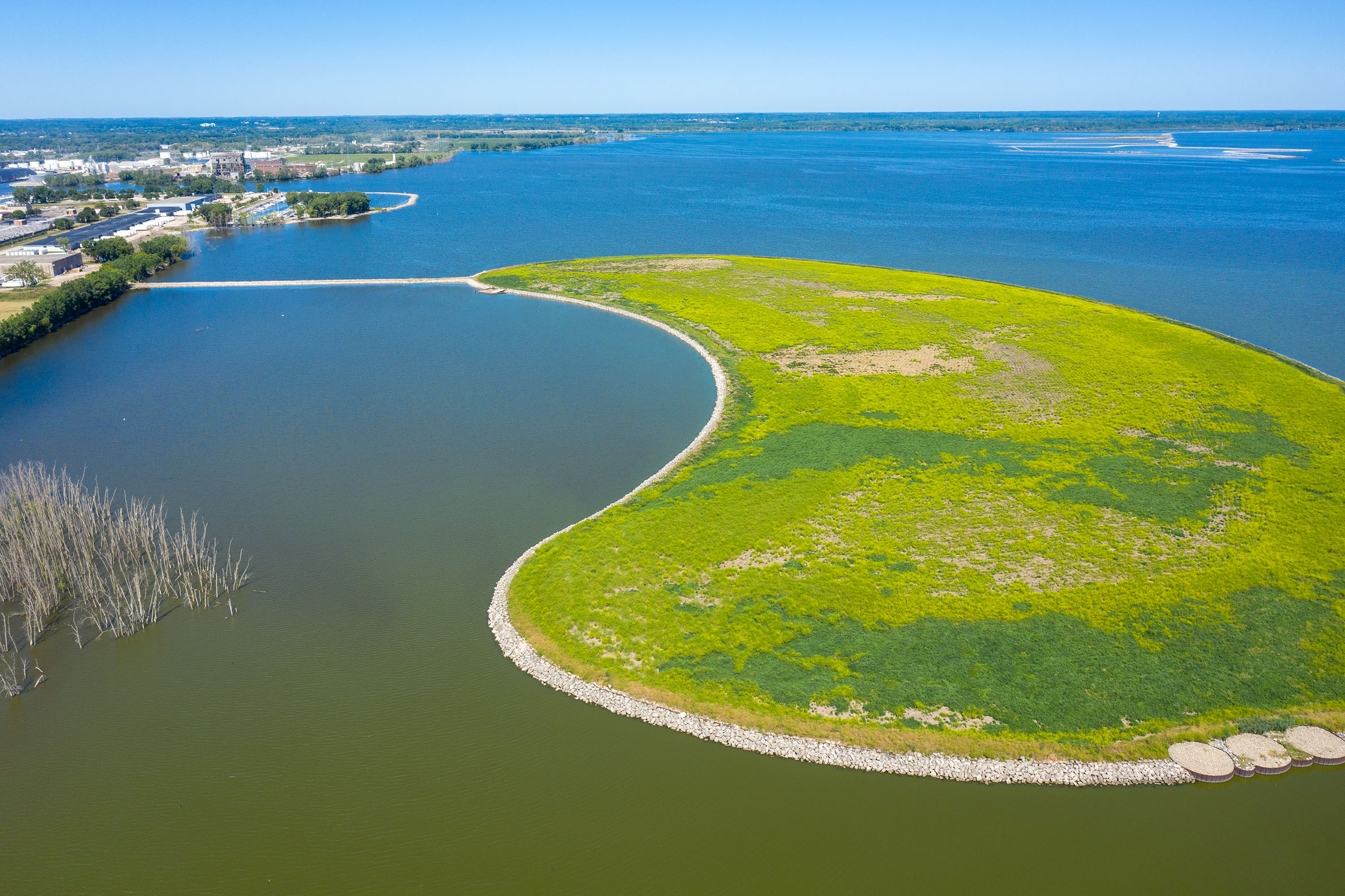
NOAA states the Green Bay estuary has sometimes been referred to as the largest freshwater estuary in the world.
News with a little more humanity
WPR’s “Wisconsin Today” newsletter keeps you connected to the state you love without feeling overwhelmed. No paywall. No agenda. No corporate filter.
Bridget Faust-Accola, that agency’s lead for the site’s designation process, said it includes more than 37,000 acres of land, water and estuary habitat. The research reserve would include three different components or areas, including Peshtigo, the Lower Green Bay and Sturgeon Bay.
“This is an important opportunity to potentially add another research reserve in the Great Lakes region,” Faust-Accola said.
Now, the state and NOAA will work together on drafting an environmental impact statement for the site. The review will cover any potential effects the designation could have on the environment and area residents. The agency will also explore potential alternatives to the site. Faust-Accola noted the area slated for designation would not include any private land.
At the same time, UW-Green Bay will draft a management plan to outline the goals of the research reserve and what it aims to accomplish. The remaining steps in the designation process can take between one to two years to complete. Tyner said the university’s goal is to designate the site by spring of 2025.
She noted that harmful algal blooms have been a longstanding issue for Green Bay, which has seen dead zones often stemming from farm runoff. Dead zones occur when there’s less oxygen in the water. Typically, nutrient runoff from phosphorus and nitrogen leads to algae growth. When algae die, they sink and decompose in the water. The process depletes the oxygen supply.
Oneida Nation Chair Tehassi Hill said that’s a concern for his members who hunt, fish and gather in the area. He noted Green Bay is under fish advisories that warn against eating too many meals of fish that may be contaminated with chemicals like PFOS or PCBs.
“If there is the dead zone from not having enough oxygen in the water from the nutrients and algae blooms that happen in summertime, that’s less opportunity to catch fish,” Hill said. “Because they’re essentially a fish kill from not having enough oxygen in the water.”
Hill said that affects everyone in the region, as well as tourists who take advantage of the fishery in the Lower Bay and Fox River.
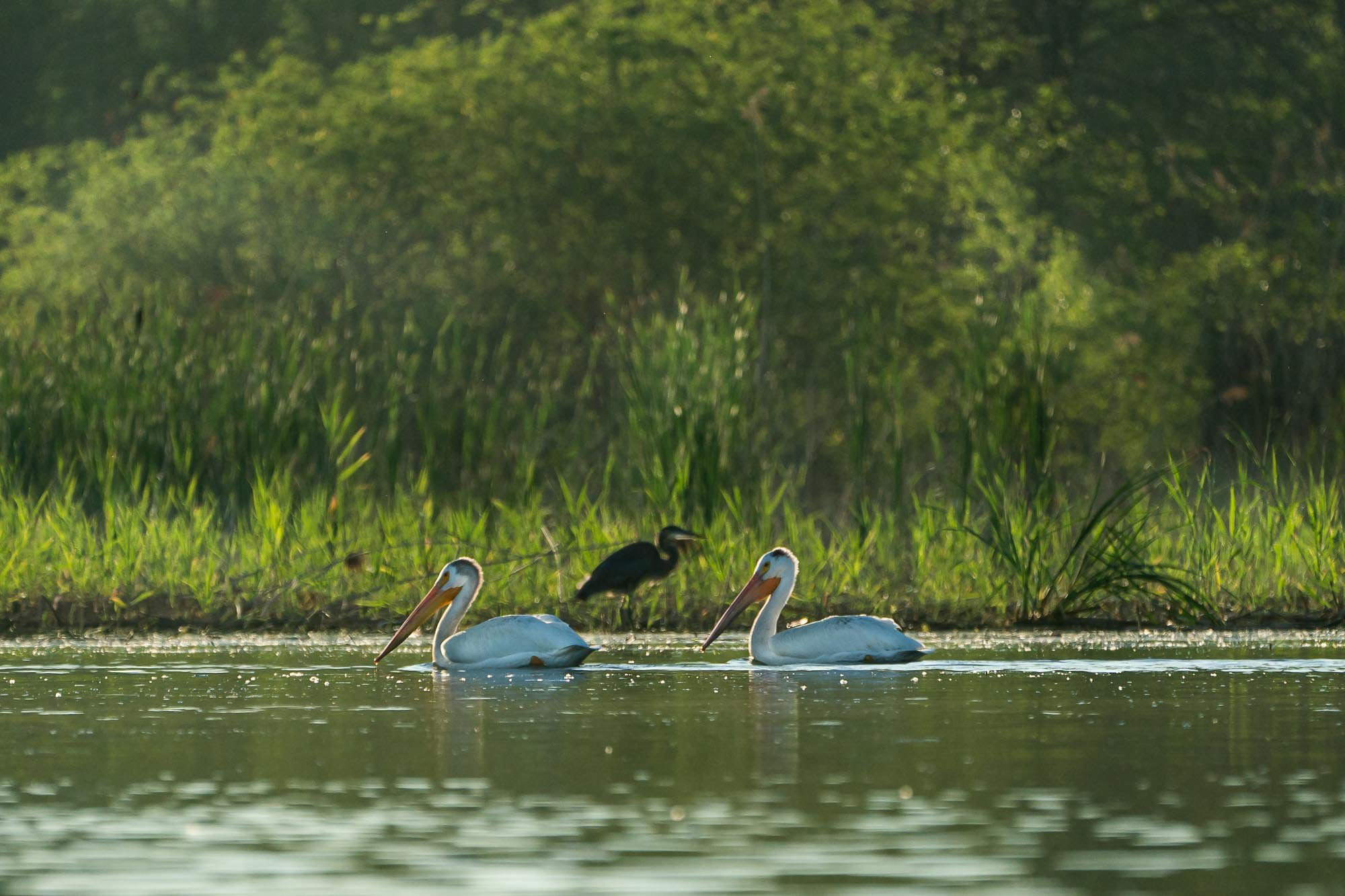
The site is also critical for a wide variety of waterfowl, according to Brian Glenzinski, manager of conservation programs with Ducks Unlimited. He said its coastal wetlands are home to mallards, wood ducks and other birds. Glenzinski said Green Bay is becoming more of a waterfowl destination as climate change has led to less ice over time, making it a place where they wait through the winter months.
He said they’ve been working to control invasive species and reintroduce wild rice in coastal wetlands that they’ve prioritized for habitat restoration.
“It’s also experienced the highest loss of wetlands in that area, up to 70 percent wetland loss in some of those areas,” Glenzinski said. “So it’s really critical that every acre that’s left there is operating at its highest potential for waterfowl and people and other wildlife.”
Tyner said a research reserve in Green Bay could also help with long-term monitoring to determine the success of efforts to clean up legacy contamination from industry along the Fox River, as well as the delisting of the Menominee River Area of Concern. She’d also like to see it follow in the footsteps of the Lake Superior Research Reserve by bringing groups together to work toward solutions to the region’s challenges.
If designated, NOAA said the state would be responsible for staffing and running the research reserve, as well as working with local partners to manage lands and waters. Tyner said the reserve would have at least five positions and an operational budget of $1.25 million.
Hill with the Oneida Nation said they’ve also requested the use of tribal gaming revenues to partially fund a position that would work with tribes to implement programs for tribal youth, educating them about the importance of the site and Great Lakes to tribal communities.
A virtual public hearing will be held at 10 a.m. on March 19 to gather input on the draft environmental impact statement for the research reserve. An in-person meeting will also be held that day at the STEM Innovation Center on the UW-Green Bay campus at 1:30 p.m.
Wisconsin Public Radio, © Copyright 2026, Board of Regents of the University of Wisconsin System and Wisconsin Educational Communications Board.
